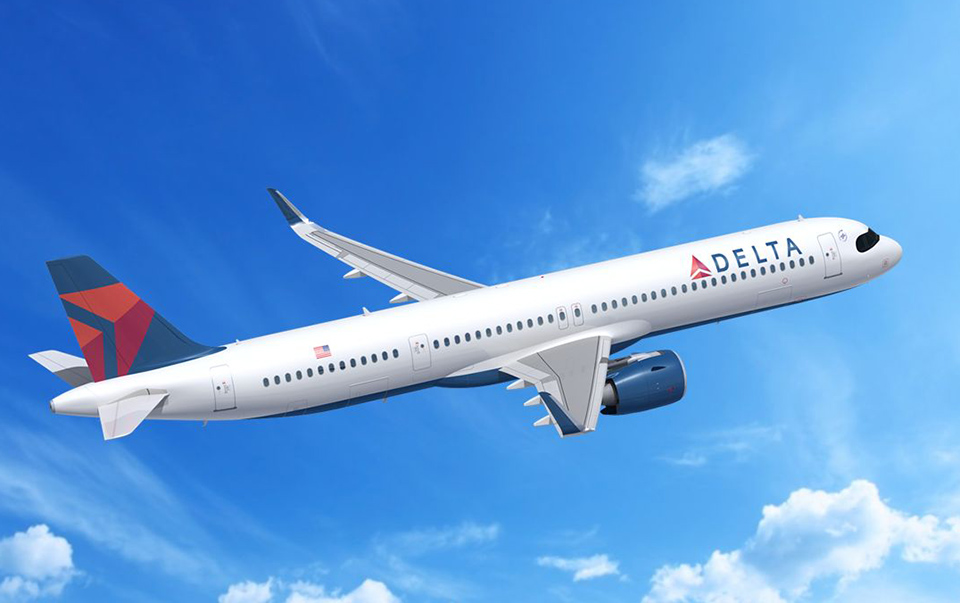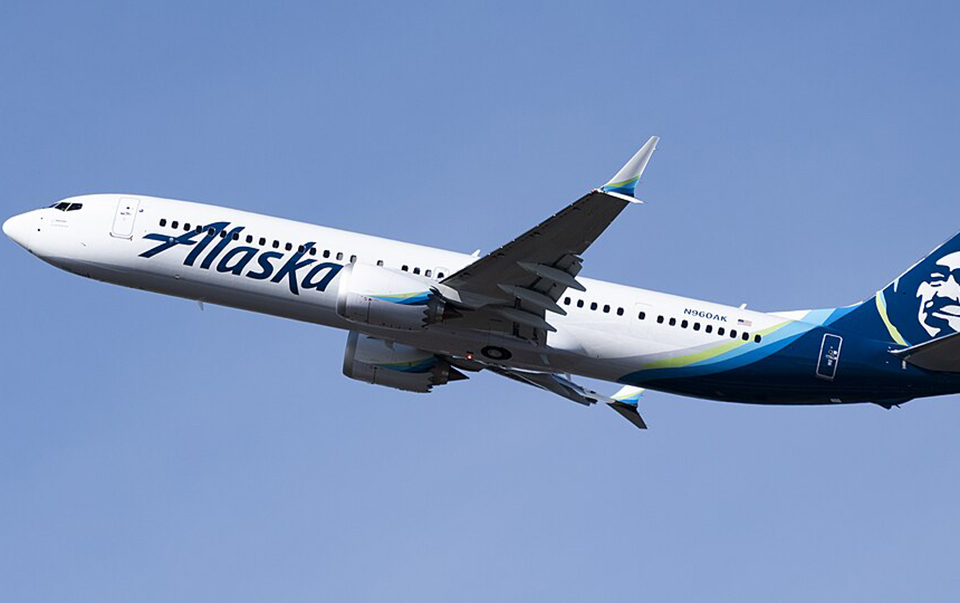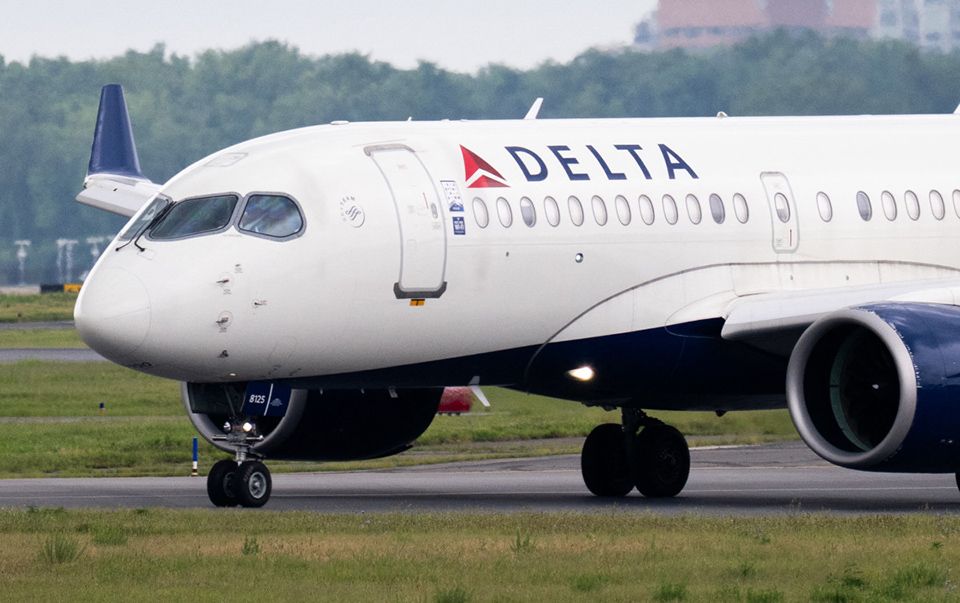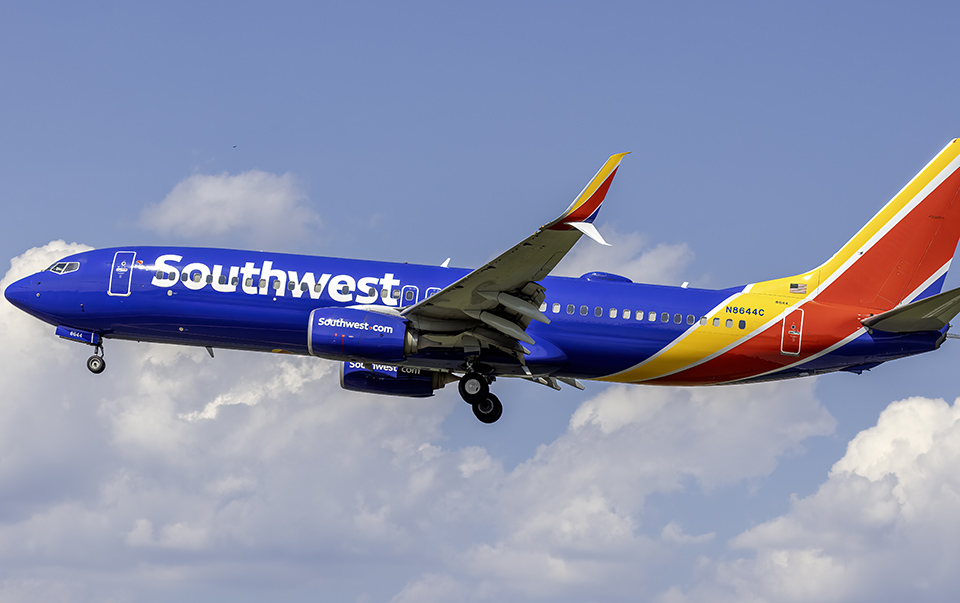Why Salt Lake City and Why Cheap Flights Matter
Salt Lake City has always fascinated me for two reasons: its incredible geography and its role as a gateway city. The Wasatch Mountains frame the skyline, the Great Salt Lake shimmers in the distance, and within a two-hour drive you can find yourself skiing, hiking, or exploring Utah’s famous national parks. For me, Salt Lake City isn’t just a destination—it’s a springboard.
But here’s the thing: as much as I love Salt Lake City, I don’t want to overpay to get there. It’s a short hop—roughly 360 miles, about an hour and a half in the air—but prices can swing wildly depending on the carrier, time of booking, and whether you know the tricks of the trade.
Over the years, I’ve learned that booking the cheapest flights doesn’t have to feel like a gamble. With the right strategy, you can consistently save money, avoid stress, and still enjoy a comfortable ride. In this guide, I’ll share not only the practical tools I use, but also my own real flight experiences. I’ll talk about exact flight numbers, airlines, what I paid, how the seat felt, and even the small details—like which side of the plane offers the best views when descending into Salt Lake City.
Understanding the Route: Las Vegas (LAS) → Salt Lake City (SLC)
At first glance, you might think the LAS ↔ SLC route is too short to matter much. But the truth is, it’s one of the most competitive corridors in the Mountain West. Here’s why:
- Short duration: Block time is usually 1h 25m to 1h 30m, wheels up to wheels down. This makes it comparable to a bus ride in terms of length, but with all the flexibility of air travel.
- Multiple carriers: Delta, Southwest, Frontier, Spirit, and JSX all operate on this route. Each offers a different value proposition.
- Frequency: Dozens of flights per week, with several nonstops per day. That means prices are sensitive to demand—when load factors dip, airlines drop fares.
- Varied passenger mix: You’ll find business travelers, tourists heading to Utah’s ski resorts, families visiting relatives, and even people who just want a cheap positioning flight before catching a longer international connection out of SLC.
If you play your cards right, you can often find flights under $100 one-way. On the best days, I’ve personally seen fares as low as $18 on Frontier and $29 on Spirit. But I’ve also seen last-minute Delta fares jump into the $200+ range. The key is knowing when and how to book.
My Personal Flight Story #1: Delta DL1672 (Economy Main Cabin)
Let’s start with my most recent trip, which set the tone for this whole article: Delta Air Lines Flight DL1672 from Las Vegas (LAS) to Salt Lake City (SLC).
Why I Picked It
- Schedule: DL1672 departs in the mid-afternoon, which is my sweet spot. I don’t like rushing to the airport at dawn, and I like arriving in Salt Lake early enough to settle into a hotel before dinner.
- Reliability: Delta has a solid on-time performance on this route. Even when weather disrupts Salt Lake in winter, I find Delta quicker to reroute or rebook.
- Comfort: On such a short flight, I don’t need First Class, but I do want a clean cabin, reasonable seat pitch, and a chance to earn miles. Delta ticks all those boxes.
Booking Process
I started with Google Flights, scanning the month-view grid. Prices ranged from $78 to $250 depending on the day. My date had Delta at around $115, Southwest at $97, Spirit at $39, and Frontier at $29.
I could have shaved my cost in half by going ultra-low-cost, but I had a checked bag this time and didn’t want to deal with add-on fees. That made Delta the smarter buy. I clicked through to delta.com and booked directly. Final price: $118.40 including taxes.
At the Airport (LAS)
Harry Reid International Airport can be chaotic, but Delta runs from Terminal 1, which I actually prefer to the low-cost carrier concourses. I arrived two hours early, breezed through TSA PreCheck, and had time for a coffee. Boarding started right on time.
In the Air
The aircraft was a Boeing 737-900. I chose seat 14A, a window over the wing. Legroom was about what I expected—tight but not unbearable. Once airborne, we got a quick drink service. I went with sparkling water and a pack of Biscoff cookies, Delta’s signature snack.
The best part of the flight was the view. About 25 minutes before landing, the Wasatch Range came into view, glowing gold in the late-afternoon sun. If you sit on the left side of the plane northbound, you’ll catch this scenery in full glory.
Arrival in Salt Lake City
We touched down smoothly and taxied to the new concourse at SLC. The terminal is bright, clean, and well-signed. Within 15 minutes, I was on the TRAX light rail heading downtown.
My Takeaway
Delta isn’t always the cheapest option, but for me this flight was worth it. The peace of mind, the better terminal experience, and the included snack all made the extra $20–$30 worthwhile.
My Personal Flight Story #2: Southwest Airlines (Wanna Get Away Plus)
A few weeks earlier, I’d flown the same route on Southwest Airlines, using their Wanna Get Away Plus fare.
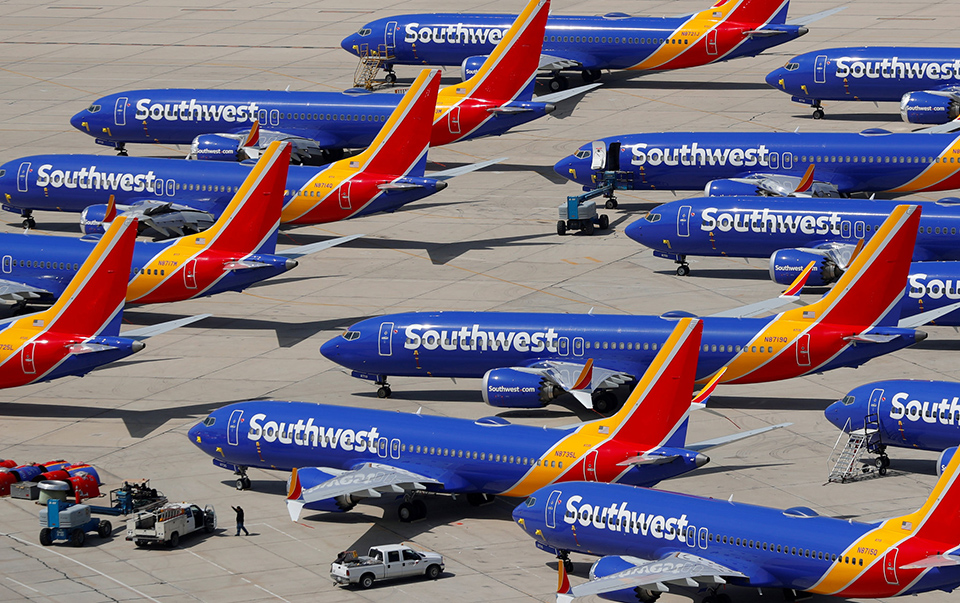
Why I Picked Southwest
- Baggage policy: Two checked bags included. That alone often makes Southwest cheaper than Spirit or Frontier once you add bag fees.
- Flexibility: Free changes are a lifesaver. My return date was uncertain, so I wanted the ability to adjust.
- Fare calendar: Southwest’s Low Fare Calendar showed multiple dates under $100 one-way.
Booking Process
Unlike other airlines, Southwest doesn’t show up on Google Flights, so I went directly to their website. I found a one-way fare for $92 LAS → SLC, booked about three weeks in advance.
At the Airport
Southwest departs from Terminal 1 as well, but boarding feels different because of their unique open seating system. I checked in right at the 24-hour mark to secure an A-group boarding position, which gave me plenty of choice once on board.
In the Air
The aircraft was a Boeing 737-800. I picked a window seat near the front. Legroom felt comparable to Delta, maybe a touch tighter. Service was cheerful—Southwest flight attendants always seem more casual and chatty. We got free drinks (I chose ginger ale) and a small snack bag.
What Stood Out
Southwest’s big advantage here is baggage. I had one large checked bag and one carry-on, and both were included in my $92 ticket. On Spirit or Frontier, those same bags could have easily cost me $70–$100 in fees. That alone made this flight cheaper in real terms.
Arrival
We landed on time in Salt Lake. Because Southwest parks at gates closer to baggage claim, I was out of the terminal slightly faster than I’d been with Delta.
My Takeaway
Southwest is the “value play” for this route. It may not always have the lowest sticker price, but if you’re carrying bags or might need to change your ticket, it’s often the smartest choice.
My Personal Flight Story #3: Frontier Airlines (Barebones Experience)
If Delta and Southwest are my “safe bets,” Frontier is my gamble when I want the absolute lowest sticker price. One of the cheapest tickets I’ve ever purchased from Las Vegas (LAS) to Salt Lake City (SLC) was on Frontier Airlines, and the experience was memorable—not all for good reasons, but it was educational.
Why I Picked Frontier
It was simple: price.
I found a one-way Frontier fare for \$19 before taxes, which came to \$28.60 all-in. That was less than the cost of an airport sandwich.
At the time, I needed to be in Salt Lake City for just two days and didn’t plan on checking a bag. Frontier’s barebones approach actually worked for me: I carried only a small backpack that fit under the seat. No extras, no add-ons.
Booking Process
Frontier’s website is designed to upsell you at every step. During booking I had to carefully decline:
- Seat selection (\$17–\$40 depending on row)
- Carry-on bag (\$39 at booking, more at the gate)
- Checked bag (\$45–\$60 depending on weight and timing)
- Priority boarding, bundles, travel insurance, and their “Discount Den” membership
If you’re not paying attention, your \$19 ticket can turn into \$100+ in seconds. I stuck with the true barebones ticket: no seat choice, no bags, no extras.
At the Airport (LAS)
Frontier departs from Terminal 3 at Harry Reid International, which is noticeably less polished than Delta’s or Southwest’s operations in Terminal 1.
Check-in lines were long. Many passengers were struggling with bag fees, oversized items, or printing boarding passes. I had checked in online and had only a small backpack, so I bypassed most of the chaos. Still, the general atmosphere felt more frantic than on Delta or Southwest.
Boarding was slow. Because so many passengers were carrying oversize “personal items” to avoid paying for carry-ons, gate agents were measuring bags and charging last-minute fees. You could feel the tension in the air.
In the Air
The aircraft was an Airbus A320neo. My automatically assigned seat was 26B, a middle seat near the back.
- Seat comfort: Legroom was noticeably tighter than Delta or Southwest. Frontier uses “pre-reclined” slimline seats, which means they don’t recline at all. The seat padding is minimal, but tolerable for 90 minutes.
- Cabin service: Frontier is strictly buy-on-board. Not even water is free. A can of soda was \$4.99, and snacks were \$5–\$8. I skipped it.
- Atmosphere: The cabin was full of budget travelers—families, students, backpackers. It was noisy but not unruly.
Despite all this, the flight itself was smooth. Takeoff was on time, cruising altitude was steady, and the pilots got us into Salt Lake City 15 minutes early.
Arrival in Salt Lake City
Deplaning was quick, since I had no overhead bag to grab. The gate area was crowded, but SLC’s modern concourse helped reduce stress. Within 10 minutes, I was walking toward the exit.
What I Saved vs. What I Sacrificed
- Saved: About \$70 compared to Delta’s fare that day.
- Sacrificed: Comfort, free drinks, and flexibility. Had I brought even a single carry-on, the fee would have erased the savings.
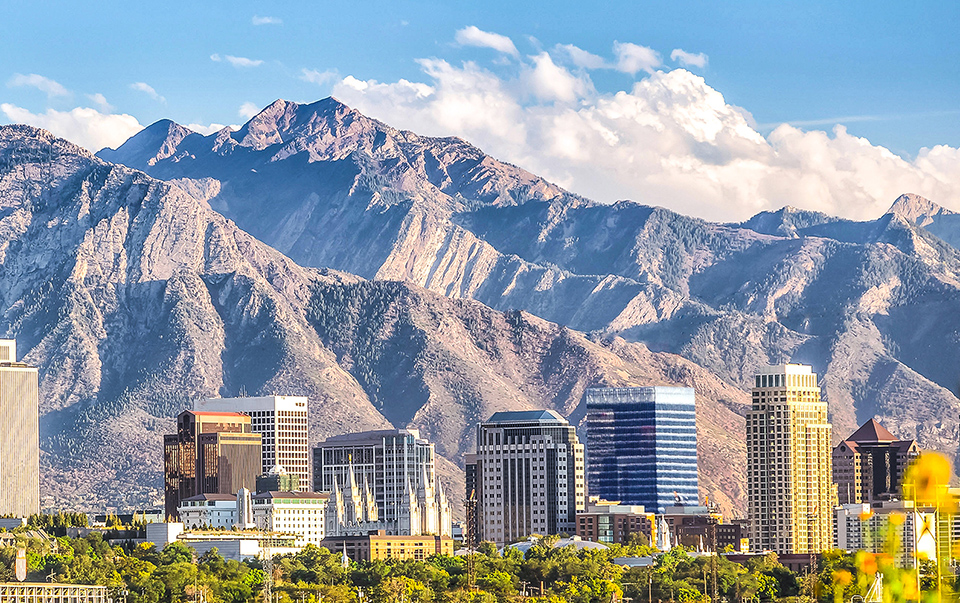
My Takeaway
Flying Frontier on LAS → SLC is a trade-off. If you can pack light and genuinely stick to their rules, it’s unbeatable for cost. My \$28 ticket was one of the cheapest I’ve ever flown in the U.S. But if you need bags, a guaranteed seat, or even a bottle of water, the fees pile up quickly.
My Lessons From Flying LAS → SLC
After flying Delta, Southwest, and Frontier on the Las Vegas to Salt Lake City route, I’ve learned that there’s no single “best” airline—it really depends on what kind of trip I’m taking and what I value most at the time.
- If I want peace of mind, reliability, and a polished experience, Delta wins. DL1672 remains one of my favorite short flights, thanks to its comfort and those stunning Wasatch Mountain views.
- If I’m carrying bags or my plans might change, Southwest is the most forgiving. The free checked luggage and no-change-fee policy are hard to beat, especially for travelers who hate hidden costs.
- And when I’m traveling light, with just a backpack and no need for extras, Frontier gives me the rock-bottom fare. Sure, it’s spartan, but sometimes saving $70 is worth sacrificing a reclining seat and a free drink.
What unites all three experiences is the reminder that cheap flights aren’t just about the sticker price—they’re about the total value. A $19 fare can easily become $120 once bags and seat fees are added. Meanwhile, a $115 Delta ticket might actually be cheaper in practice if you value reliability, comfort, and time saved.
For me, the key to booking the cheapest flights without stress is clarity: knowing what I really need, comparing the options carefully, and being honest about whether I’m willing to trade comfort for cost.
So whether you’re chasing powder on the slopes, heading to a business meeting, or just exploring the beauty of Utah, remember this: on the short hop from Las Vegas to Salt Lake City, you’re not just buying a seat—you’re buying a travel experience. And when you choose wisely, you can land in Salt Lake with both your wallet and your peace of mind intact.
